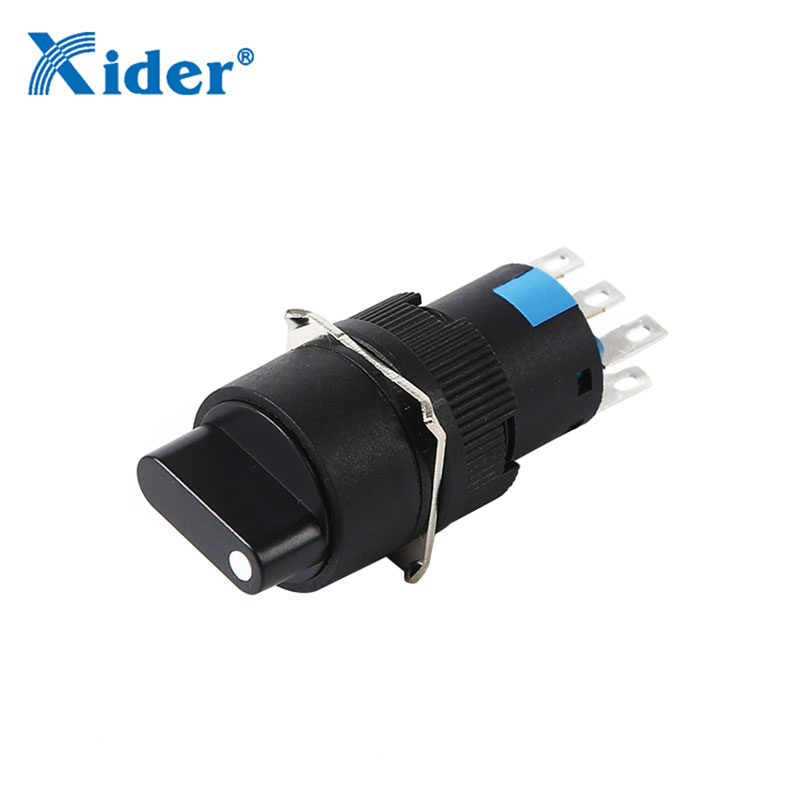In the wave of technology, LED signal light sources have emerged. This study delves into the factors related to its service life, aiming to reveal the secret of its longevity to professionals and enthusiasts.

I. Quality of Core Components Lays the Foundation
(I) Quality of Chips
The core of LED signal lights lies in the chips, and the quality of the chips is directly related to their service life. High-quality chips are often manufactured using advanced semiconductor material manufacturing processes, with a more stable crystal structure that can effectively resist factors affecting lifespan such as electron migration. For example, the chips of some well-known brands can maintain a relatively low defect generation rate even under high current densities. Compared with ordinary chips, they can significantly reduce performance degradation caused by internal defects, thereby prolonging the overall service life to a great extent.
(II) Characteristics of Packaging Materials
Packaging materials also play a crucial role in the service life of LED signal lights. Good packaging materials should have high transparency to ensure efficient light output, as well as excellent heat resistance and weather resistance. For instance, LED signal lights encapsulated with special silicone are not prone to aging or yellowing in high-temperature environments and can maintain good light transmission performance for a long time. They can also protect the chips from being eroded by external moisture, dust, etc., providing a strong guarantee for extending the service life.
II. The Effectiveness of the Heat Dissipation Mechanism Has a Profound Impact
(I) Design of the Heat Dissipation Structure
Effective heat dissipation design is a key aspect in prolonging the service life of LED signal light sources. A reasonable heat dissipation structure can promptly dissipate the heat generated by the chips during operation, avoiding performance degradation and component damage caused by overheating. For example, some high-end LED signal lights adopt a heat dissipation system that combines metal heat dissipation fins and heat pipes. By increasing the heat dissipation area and optimizing the heat conduction path, the temperature of the chips can be controlled at a relatively low level, ensuring the stability of the light source during long-term operation.
(II) Thermal Conductivity of Heat Dissipation Materials
The thermal conductivity of heat dissipation materials directly determines the heat dissipation efficiency. Materials with high thermal conductivity coefficients, such as aluminum alloys and copper, can quickly transfer heat from the chips to the heat dissipation fins or other heat dissipation components. Taking a copper heat dissipation base as an example, its excellent thermal conductivity enables heat to spread rapidly, reducing the heat accumulation of the chips and thus reducing the light attenuation phenomenon caused by high temperatures, effectively prolonging the service life of LED signal light sources.
III. Performance of the Driving Circuit Is Closely Related
(I) Accuracy of Constant Current Driving
LED signal light sources usually require a constant current driving circuit to provide a stable current. Precise constant current driving can ensure that the chips work under the rated current, avoiding phenomena such as excessive brightness or darkness caused by excessive current fluctuations, and thus reducing damage to the chips. High-quality constant current driving chips can control the current fluctuations within a very small range, ensuring the stable operation of LED signal lights and prolonging their service life.
(II) Completeness of Circuit Protection Functions
The protection functions of the driving circuit are of vital importance to the service life of LED signal light sources. Complete protection functions should cover over-current protection, over-voltage protection, overheating protection, etc. When abnormal current, increased voltage, or excessive temperature occurs in the circuit, the protection circuit can start in time to prevent the chips from being damaged due to overload. For example, a driving circuit with intelligent protection functions will quickly cut off the power supply or adjust the output once it detects an abnormal situation, ensuring the safe operation of LED signal lights and extending their service cycle.
IV. Usage Environmental Conditions Cannot Be Ignored
(I) Temperature and Humidity Conditions
The environmental temperature and humidity where LED signal light sources are located have a significant impact on their service life. In high-temperature and high-humidity environments, the chip packaging materials are prone to being eroded by moisture, resulting in a decline in insulation performance. Meanwhile, high temperatures will accelerate the aging of the chips and light attenuation. On the contrary, in a low-temperature environment, if the temperature is too low, it may cause certain materials to become brittle, affecting the mechanical properties and electrical connection reliability of the lamps. Therefore, an appropriate temperature and humidity range (such as a temperature range from -20°C to 60°C and a relative humidity range from 20% to 80%) is beneficial to maintaining the normal service life of LED signal lights.
(II) Vibration and Impact Levels
In some application scenarios, LED signal lights may be subjected to vibration and impact, such as those installed on vehicles or in industrial production environments with frequent mechanical movements. Excessive vibration and impact can cause loose connections of internal components, damage to the chips or packaging, and even lead to the failure of the lights. Therefore, LED signal lights with good anti-vibration and impact-resistant designs, such as those with shock-absorbing brackets or reinforced structures, can better adapt to such harsh environments and maintain a relatively long service life.
In conclusion, the service life of LED signal lights is affected by multiple factors, including the quality of core components, the effectiveness of the heat dissipation mechanism, the performance of the driving circuit, and the usage environmental conditions. Only by comprehensively considering and optimizing these aspects can we ensure that LED signal lights have a longer and more stable service life.






